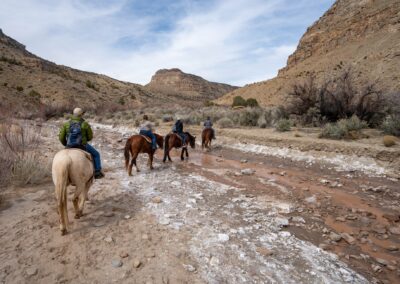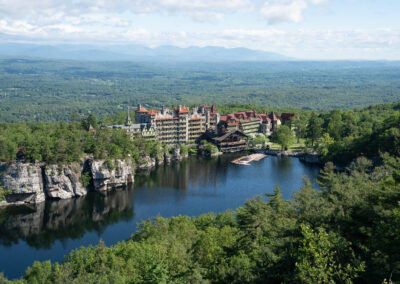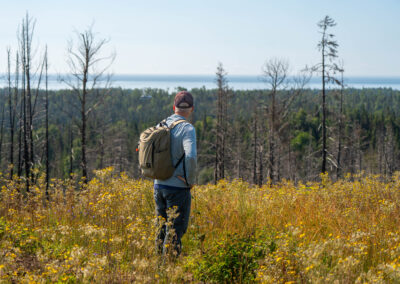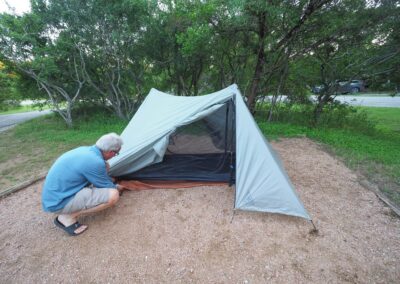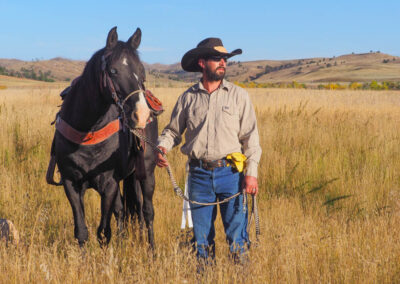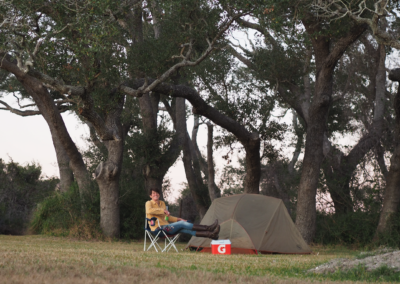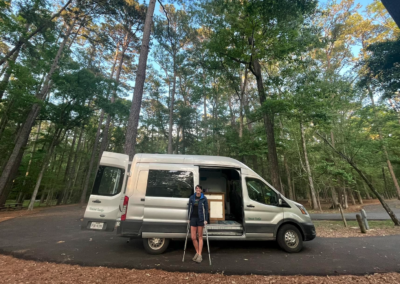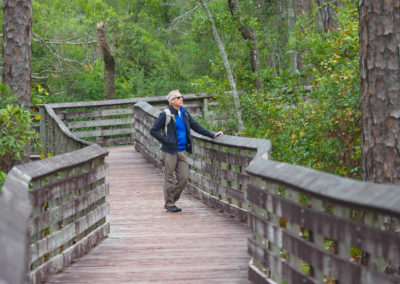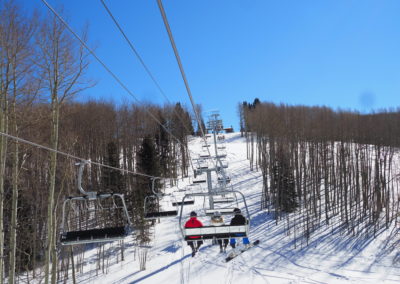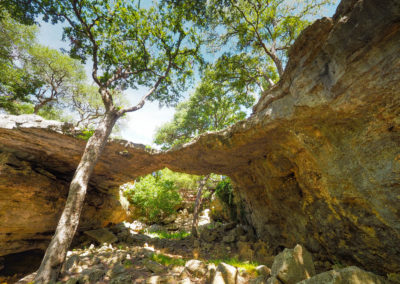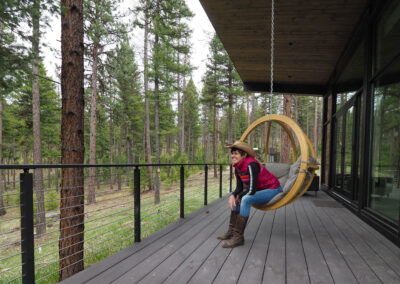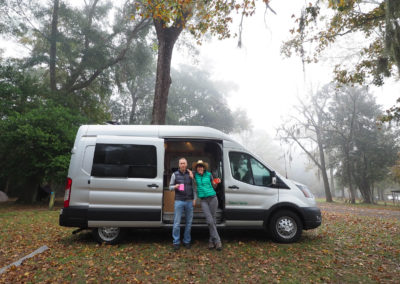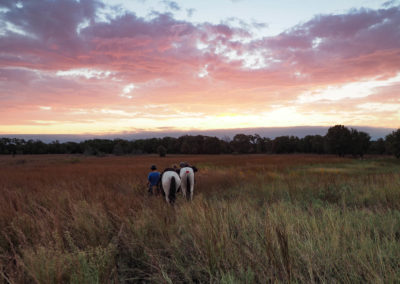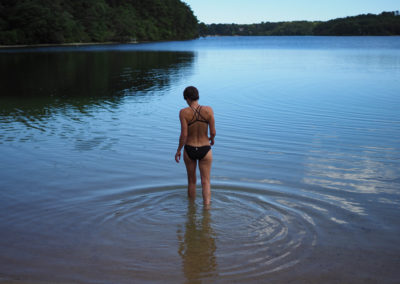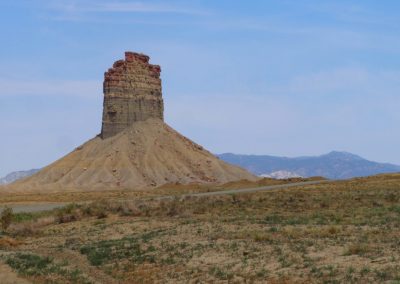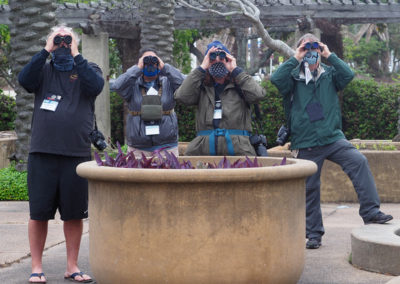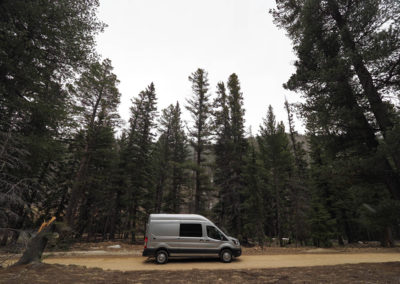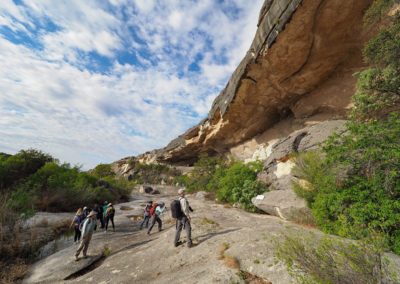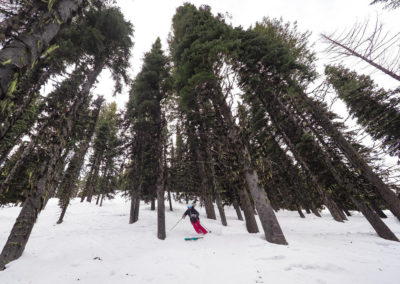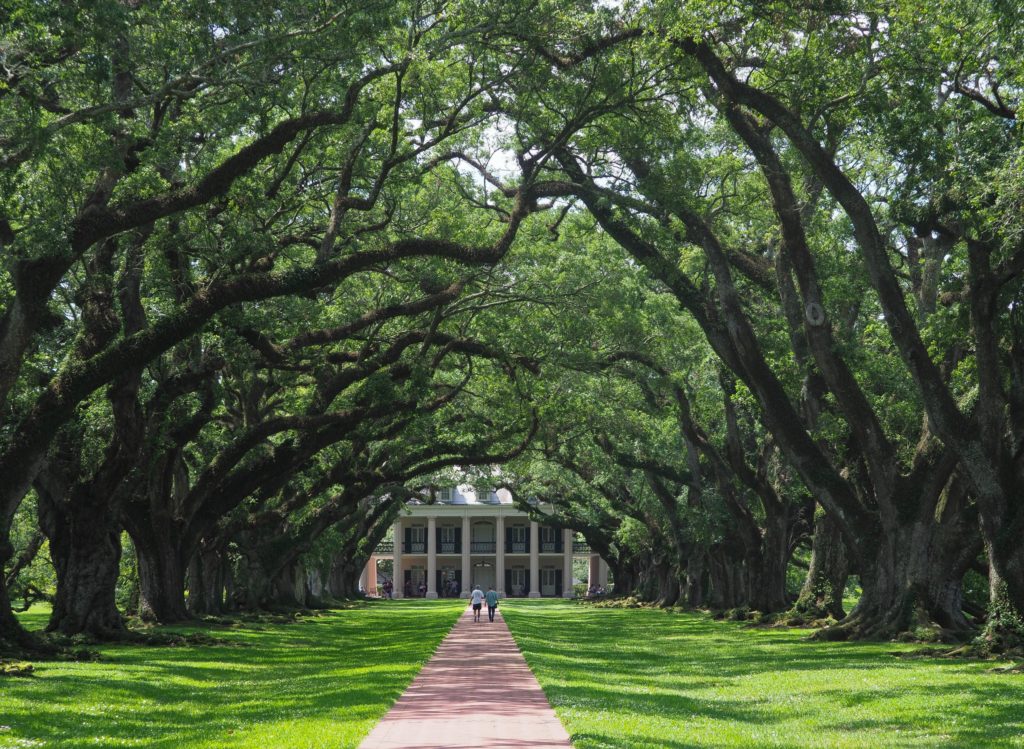
Oak Alley Plantation in Vacherie, Louisiana, features a row of 200-year-old oaks. Pam LeBlanc photo
Ten years ago, when I last visited Oak Alley Plantation, the Greek Revival style mansion and its long row of gracefully bending oaks took the spotlight.
Tour guides in antebellum gowns led me through the Big House, showing off fine furnishings and lush grounds, but little mention was made of the slaves who once lived there. I revisited the former sugar cane plantation in Vacherie, Louisiana, last weekend, and got a much fuller picture.
Today, visitors can still explore the antebellum mansion where wealthy planter Jacques Roman and his family lived, but they can also learn about the more than 200 enslaved men, women and children who supported them.
An exhibit that opened in 2013 includes six re-constructed slave quarters buildings, set close to their original location. Exhibits inside those structures tell the stories of field slaves and house slaves, highlighting the daily lives of individuals like Pognon, a seamstress; Anna, who made lye soap; Emelia, who dug ditches, repaired roads and maintained the levee; and Antoine, who grafted the first papershell pecan, opening the door for commercial pecan production in the area.
The exhibit provides a good balance to a tour of the Big House, a 180-year-old Greek revival-style mansion where Jacques and Celina Roman raised their family.
“We went away from the previous tour, with guides in antebellum dresses and folklore passed down by word of mouth, to a tour focused on historical facts,” says Janell Napier, who led a small group of visitors through the Big House.

A slavery exhibit features six re-constructed slave quarters buildings. Pam LeBlanc photo
Walking through the home, you’ll see the dining room, where a slave pulled a rope to move the “shoo fly fan” that hangs over the table, the parlor, and the bedrooms where the family lived.
Jacque Roman died at age 48 in 1848, and his wife Celina took over operations of the plantation, but it fell into financial hardship and was sold in 1866.
Eventually, the Stewart family purchased it in 1925. Josephine Stewart lived there until 1972, and created the non-profit Oak Alley Foundation, which maintains the property today.
The 28 oak trees that line the walkway leading from the Mississippi River to the front of the home remain a highlight. The trees, between 200 and 250 years old, form a tunnel of green, and a walk beneath their canopy will whisk you back to a different time.
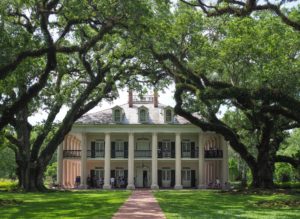
The Greek Revival style mansion was built in 1836. Pam LeBlanc photo
Look for a complete story about Oak Alley later this year.
Oak Alley is located at 3645 Highway 18 in Vacherie, about an hour’s drive from Baton Rouge. Admission is $25 for adults; $10 for ages 13 to 18; and $7 for ages 6 to 12. For more information go to www.oakalleyplantation.com.

The exhibit includes advertisements for slave labor. Pam LeBlanc photo








